Concussion guidance for football coaches
This article introduces how to recognise and manage a concussion in football. It also signposts The FA’s official concussion guidance.
What is a concussion?
A concussion is an injury to the brain that affects how it functions.
Concussion is often caused by an impact to the head. However, it can also occur after a body blow that causes rapid brain movement, e.g. whiplash.
Who’s at risk of concussion?
Concussions can happen to players of any age, but some people are at greater risk. This includes:
- anyone under the age of 18
- individuals with previous concussions
- female players.
What are the signs and symptoms of a concussion?
Players don’t always know they’re concussed, so checking for signs is essential. Watch out for individuals who:
- have a seizure (fit)
- appear less responsive
- grab or clutch their head
- look blank, dazed or vacant
- seem more emotional or irritable than usual
- display balance problems or poor coordination
- seem confused or unaware of play and events
- lie motionless on the ground or are slow to get up.
Concussed players may also lose consciousness. However, contrary to popular belief, this only happens in 10% of cases.
If they’re concussed, your player may report any of these symptoms:
- dizziness
- headache
- visual problems
- nausea or vomiting
- difficulty concentrating
- fatigue and drowsiness
- sensitivity to light or noise
- a feeling of pressure in the head
- mental clouding, confusion, or feeling slowed down or ‘in a fog’.
It’s important to understand that concussion symptoms can appear immediately but may also be delayed.
What is a concussion?
A concussion is an injury to the brain that affects how it functions. Concussion is often caused by an impact to the head. However, it can also occur after a body blow that causes rapid brain movement, e.g. whiplash.
Who’s at risk of concussion?
Concussions can happen to players of any age, but some people are at greater risk. This includes:
What are the signs and symptoms of a concussion?
Players don’t always know they’re concussed, so checking for signs is essential. Watch out for individuals who:
How should I manage a concussion?
If in doubt, sit your player out. Anyone with a suspected concussion must be immediately removed from play. We also recommend that you refer the individual to a healthcare professional. In some instances of concussion, urgent medical assessment is required. If your player reports any of the following, they must visit A&E:
What happens after a concussion?
After a concussion, players must follow the Graduated Return to Play (GRTP) protocol. For more info about this process – and concussion in general – check out The FA’s Concussion Guidelines.
If in doubt, sit your player out.
Anyone with a suspected concussion must be immediately removed from play. We also recommend that you refer the individual to a healthcare professional.
In some instances of concussion, urgent medical assessment is required. If your player reports any of the following, they must visit A&E:
- seizure (fit)
- double vision
- severe neck pain
- repeated vomiting
- unusual behaviour change
- severe or worsening headache
- increasing confusion or irritability
- weakness, tingling or burning in arms or legs
- deteriorating consciousness (getting more drowsy).
What happens after a concussion?
After a concussion, players must follow the Graduated Return to Play (GRTP) protocol.
For more info about this process – and concussion in general – check out The FA’s Concussion Guidelines. You can also take our free online module.

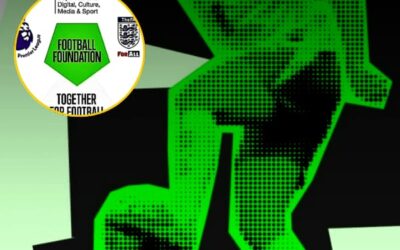
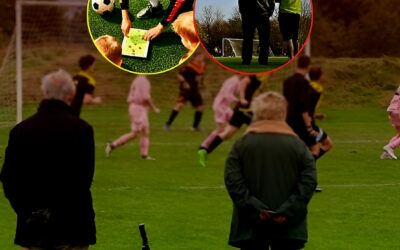

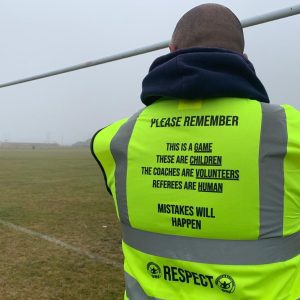

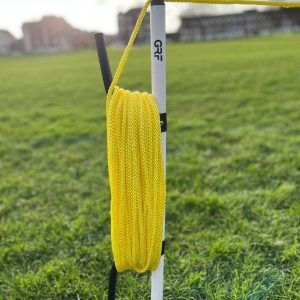
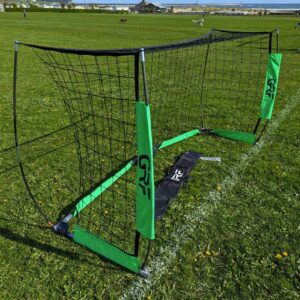
0 Comments